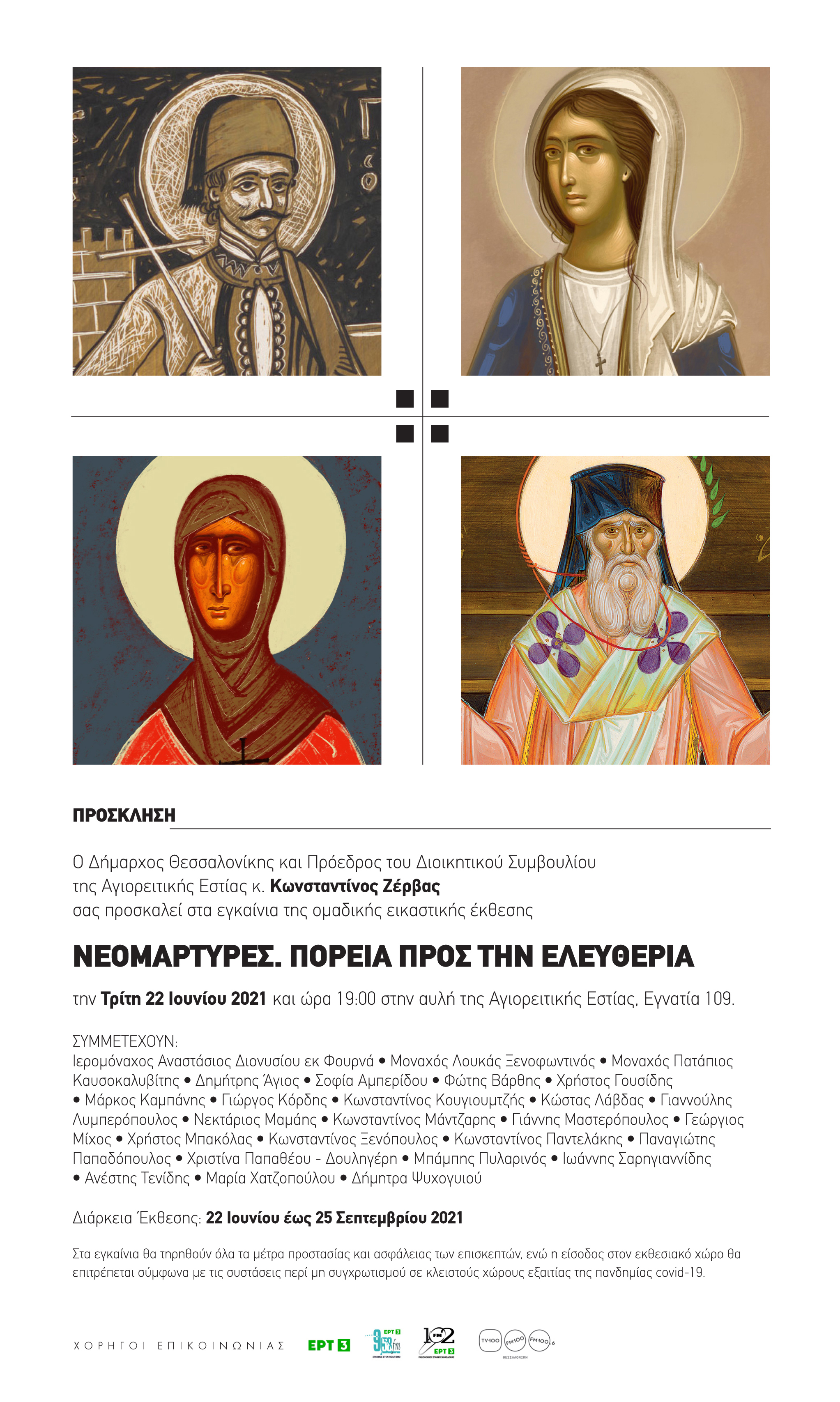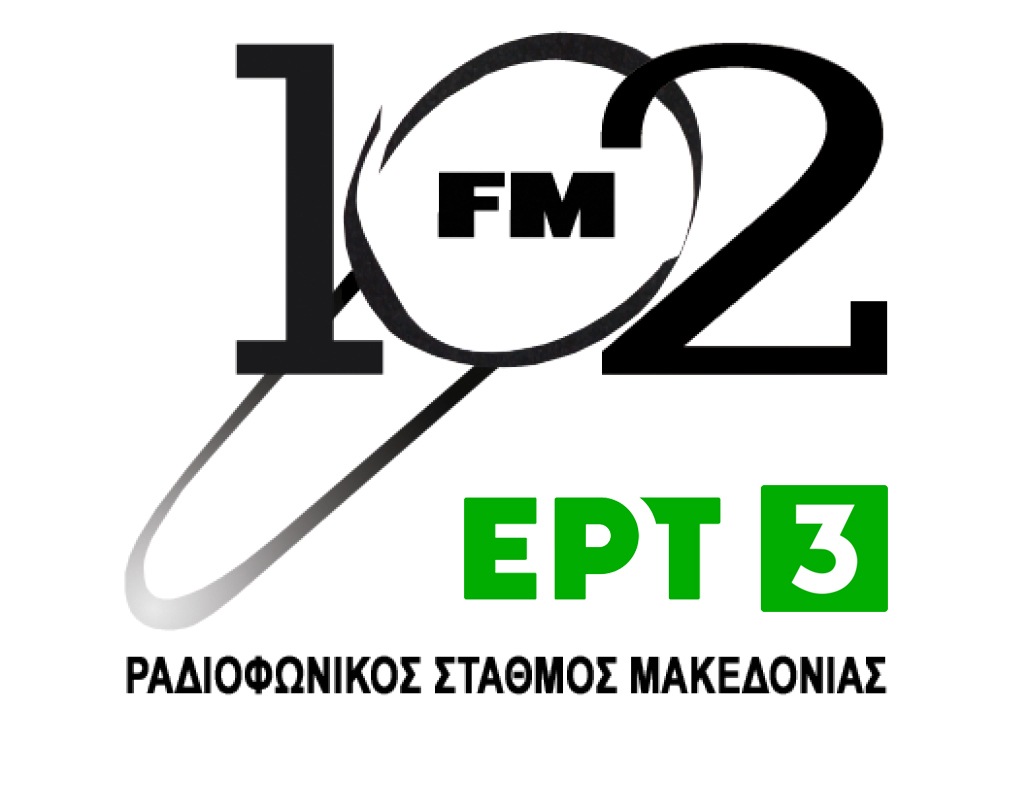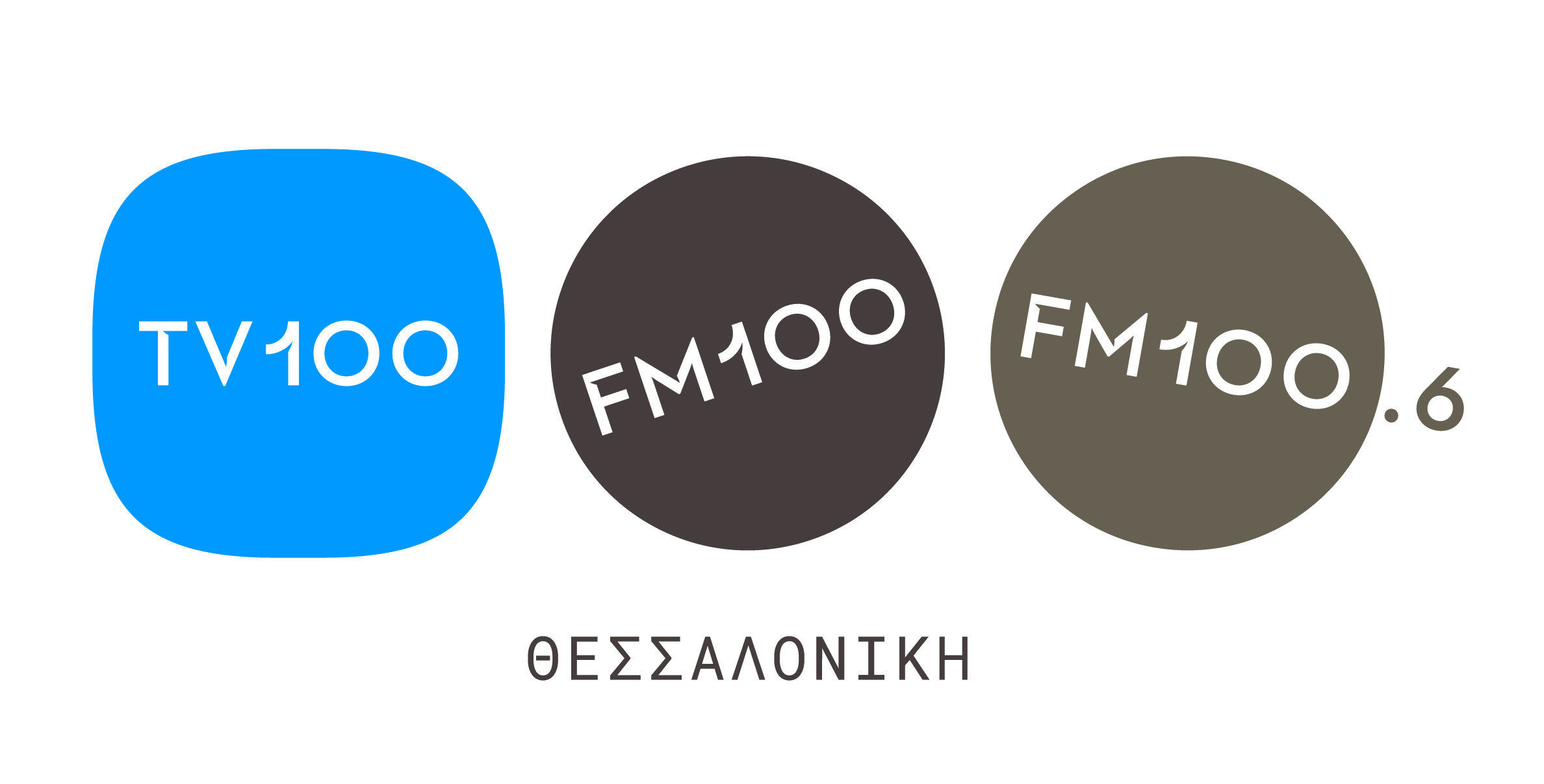The programme commenced with the group exhibition entitled ‘Neomartyrs: the Road to Freedom’, which was presented in the exhibition space of the Mount Athos Center from 22 June to 25 September 2021.

The exhibition presented a series of contemporary works on neomartyrs that had been produced especially for the exhibition by 26 different artists. The exhibition aimed to present a number of little-known saints who suffered martyrdom during the period of Turkish rule. These martyrs consist of men, women and children, ordinary people who are recorded as having sacrificed their lives for their Christian faith and through their actions boldly proclaimed the truth that the darkness of hatred and violence cannot overcome the light of love.
During the period of Turkish rule, when changing one’s religion almost always meant changing one’s ethnic identity, the martyrdoms of these people served as an indirect form of resistance to the Turkification of the Greeks and their extinction as a race. The exhibition, which was based on an idea by the artist Yiorgos Kordis, was curated by the Director of the Mount Athos Center, Anastasios Douros. The works in the exhibition were in a variety of different media and forms, such as watercolour, egg tempera, engravings and digital painting.
View the embedded image gallery online at:
https://www.agioritikiestia.gr/en/neomartyrs-the-road-to-freedom#sigProIdba9a91bdb0
https://www.agioritikiestia.gr/en/neomartyrs-the-road-to-freedom#sigProIdba9a91bdb0
The exhibition was accompanied by a catalogue which, apart from the works displayed in the exhibition, included the synaxaria (brief biographies) of the neomartyrs presented in it, as well as a text by Archimandrite Basil Iveritis, prohegumen of Iveron Monastery, in which, amongst other things, he noted that:
‘The neomartyrs did not have an obstinate or fanatical attachment to an ideology but a grace that reveals another way of life; their message was not simply that man can go so far as to sacrifice his life for his beliefs but that death has been done away with, that man can live by passing beyond death, beyond any form of slavery and any kind of ordeal. This is the greatest thing: they show us a door to life ‘which none can close’. Hence the way in which they reacted to their conquerors was not dictated by the logic and power of the present age; they did not form groups of partisans in order to strike at their oppressors. They simply stayed where they were and confessed their faith. They did not kill their oppressors so that they could live for a while longer, but they allowed themselves to be killed, when their time came, so that man could continue to have the opportunity to be set free, to be deified and to live for ever.’
View the embedded image gallery online at:
https://www.agioritikiestia.gr/en/neomartyrs-the-road-to-freedom#sigProIde9a0b5a631
https://www.agioritikiestia.gr/en/neomartyrs-the-road-to-freedom#sigProIde9a0b5a631
The following artists participated in the exhibition:
Hieromonk Anastasios Dionysiou of Fourna ▪ Monk Loukas Xenophontinos ▪ Monk Patapios Kavsokalyvitis ▪ Demetris Agios ▪ Sophia Aberidou ▪ Fotis Varthis ▪ Christos Gousidis ▪ Markos Kabanis ▪ Yiorgos Kordis ▪ Konstantinos Kougioumtzis ▪ Costas Lavdas ▪ Yiannoulis Lyberopoulos ▪ Nektarios Mamais ▪ Konstantinos Mantzaris ▪ Yiannis Masteropoulos ▪ Georgios Michos ▪ Christos Bakolas ▪ Konstantinos Xenopoulos ▪ Konstantinos Pantelakis ▪ Panagiotis Papadopoulos ▪ Christina Papatheou–Douligeri ▪ Babis Pylarinos ▪ Ioannis Sarigiannidis ▪ Anestis Tenidis ▪ Maria Chatzopoulou ▪ Demetra Psychogiou
View the embedded image gallery online at:
https://www.agioritikiestia.gr/en/neomartyrs-the-road-to-freedom#sigProId5ee08d492e
https://www.agioritikiestia.gr/en/neomartyrs-the-road-to-freedom#sigProId5ee08d492e
_____________________________________________________________________________________________
Media Sponsors












